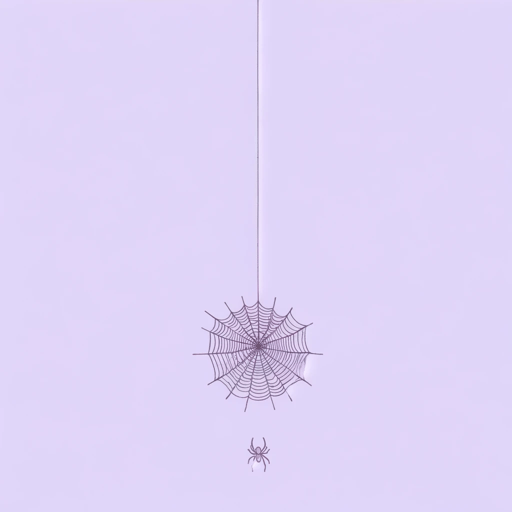19 pages • 38 minutes read
Robert LowellHome After Three Months Away
Fiction | Poem | Adult | Published in 1959A modern alternative to SparkNotes and CliffsNotes, SuperSummary offers high-quality Study Guides with detailed chapter summaries and analysis of major themes, characters, and more.
Symbols & Motifs
How the Flowers Symbolize the Speaker’s Compromised Condition
The flowers in Stanza 3 arguably represent Lowell’s current state. The speaker—Lowell, his poetic persona—describes the flowers as “[b]ushed” (Line 36). They’re tired of dealing with the harsh winter. Spring brought them little relief as a “late spring snow” (Line 36) further compromised their former beauty, so “now no one need / distinguish them from weed” (Lines 34-35).
After describing the downfall of the flowers, Lowell shines the spotlight on himself and his lackluster state. Thus, the flowers seem to symbolize Lowell’s condition. Like the flowers, Lowell isn’t “pedigreed” (Line 33) since he has “no rank nor station” (Line 39). Similar to the frazzled flowers, Lowell is “frizzled, stale and small” (Line 40). The flowers aren’t blooming, and neither is Lowell. Lowell is supposed to be “[r]ecuperating” (Line 28) and “[c]ured” (Line 40). Yet, based on his presentation of himself, he’s not in great shape. The flowers symbolize Lowell’s fatigued, harried condition because they aren’t prospering either.
How the Mother Represent Reality and Seriousness
In the poem, “the Mother” appears only once in Line 3. Yet her presence carries significant symbolic weight. The mom receives no comparison to an animal or nature. She’s left alone. The speaker further separates the mom from the rest of the characters in the poem by turning her into a proper noun—that is, she’s not a mom but “the Mother” (Line 3).
Related Titles
By Robert Lowell



